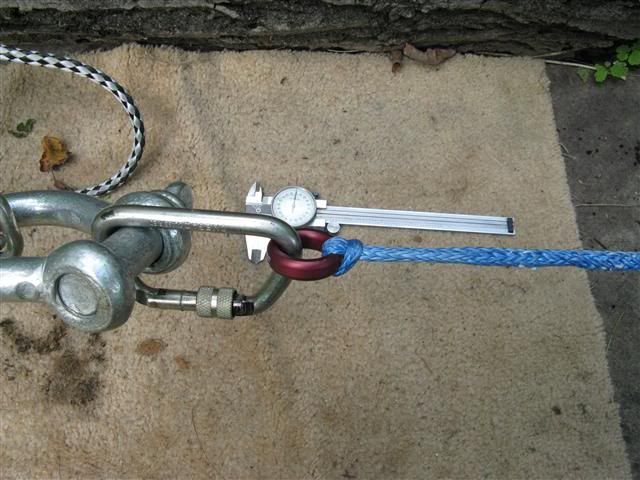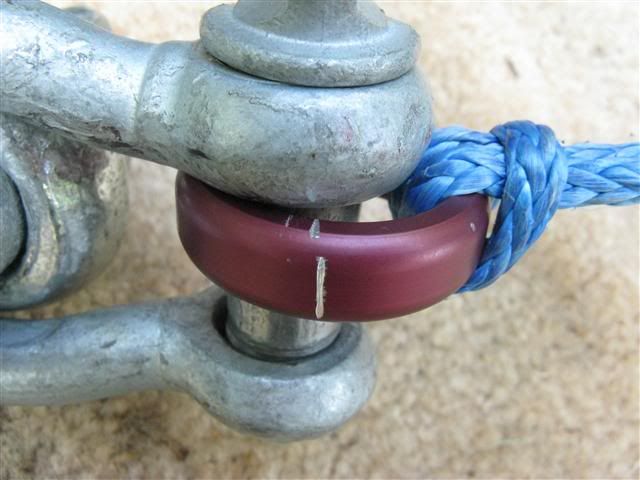I am getting very interested in this rope. Breaking strength seems unbelievable. Recent posts about using it on a winch setup are very appealing, too.
Does anyone have any experience with failures using the rope?
When overloaded, how does it fail? Does it melt together on the winch drum; does it break with a pop, or does it tear apart slowly?
How much friction can it take going over obstructions like other tree branches ?
All comments will be appreciated.
Does anyone have any experience with failures using the rope?
When overloaded, how does it fail? Does it melt together on the winch drum; does it break with a pop, or does it tear apart slowly?
How much friction can it take going over obstructions like other tree branches ?
All comments will be appreciated.


























































